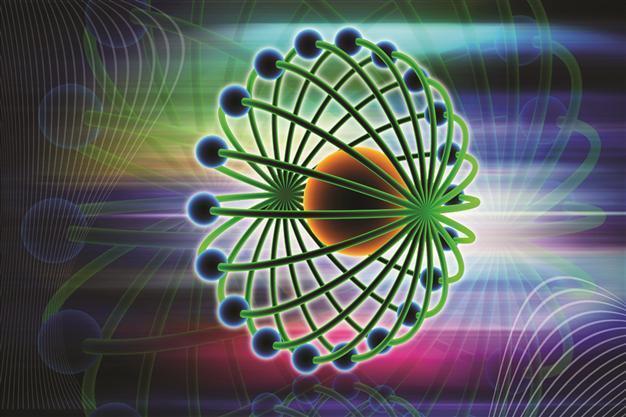Technique unlocks quantum dynamics
CHICAGO

Newly found synthetic compound open up new routes creating solar energy. Hürriyet Photo
University of Chicago researchers have created a synthetic compound that mimics the complex quantum dynamics observed in photosynthesis and could ultimately open up fundamentally new routes to creating solar-energy technologies.Engineering quantum effects into synthetic light-harvesting devices is not only possible, but also easier than anyone expected, the researchers report in Science.
According to the ScienceDaily.com article, the researchers have engineered small molecules that support long-lived quantum coherences, which are the macroscopically observable behavior of quantum superpositions. Superpositions are a fundamental quantum mechanical concept, exemplified by the classic Schrodinger’s Cat thought experiment, in which a single quantum particle such as an electron occupies more than one state simultaneously.
Quantum effects are generally negligible in large, hot, disordered systems. Nevertheless, the recent ultrafast spectroscopy experiments in University of Chicago chemistry Professor Greg Engel’s laboratory have shown that quantum superpositions may play a role in the near perfect quantum efficiency of photosynthetic light harvesting, even at physiological temperatures. Photosynthetic antennae – the proteins that organize chlorophylls and other light-absorbing molecules in plants and bacteria – support superpositions that survive for anomalously long times.
















